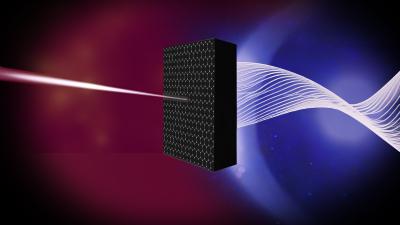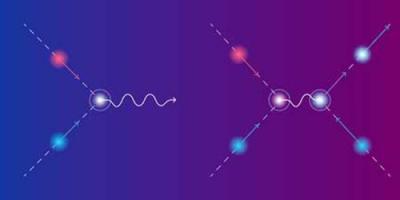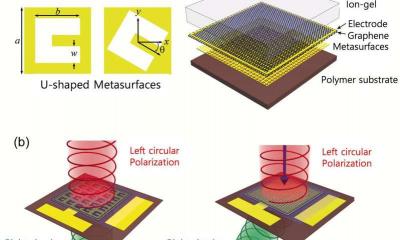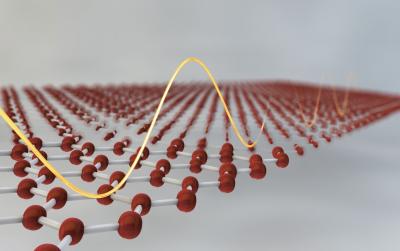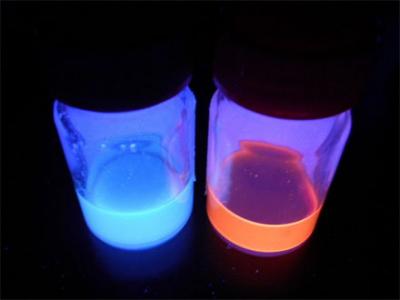Researchers develop graphene-based ultrashort laser pulse technology
Researchers from Arizona State University (ASU) have presented a design concept for enhanced saturable absorption effect based on subwavelength-thick (<1/5λ0) hybrid graphene-plasmonic metasurface structures in infrared wavelengths. Yu Yao and her research team at the ASU Center for Photonics Innovation designed a faster and more energy-efficient nanoscale laser component called the graphene-plasmonic hybrid metastructure saturable absorber, known as GPSMA.
The team's theoretical and experimental results demonstrated that, by exciting nonequilibrium carriers inside nanoscale hotspots, one could not only enhance the saturable absorption in graphene, but also reduce the saturation fluence by over 3 orders of magnitude (from ∼1 mJ/cm2 to ∼100 nJ/cm2). Their pump–probe measurement results suggested an ultrashort saturable absorption recovery time (<60 fs), which is ultimately determined by the relaxation dynamics of photoexcited carriers in graphene. They also observed pulse narrowing effects in the devices based on the autocorrelation measurement results. Such design concepts can be tailored via structure engineering to operate in broader wavelength ranges up to mid- and far- infrared spectral regions. These ultrafast low-saturation fluence saturable absorber designs can enable low-threshold, compact, self-starting mode-locked lasers, laser pulse shaping, and high-speed optical information processing.
